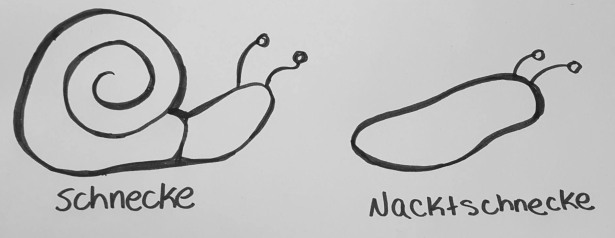I received a copy of this book from the publisher through Netgalley in exchange for honest review.

Every Word is a Bird We Teach to Sing: Encounters with the Mysteries and Meanings of Languages by Daniel Tammet is a non-fiction piece that focuses on our relationship as beings possessing the ability to communicate through language. This relationship isn’t always tended to—how many of us on a daily basis think about the words and the words others use to communicate, especially not just what they mean but how they sound, look and feel? In many ways, I felt as though this book asked of me to slow down and find pleasure in the way in which humans communicate.
Though it is a book about linguistics, Every Word is a Bird We Teach to Sing doesn’t require a previous knowledge or interest in the subject. Not bogged down with linguistic jargon, and thoroughly explained with the jargon arises, Every Word tells stories about language that are accessible and will appeal to a wide audience, which is its strength. Through personal stories and interviews, Tammet weaves together a tapestry on the beauty and frustrations of language, at once a method of connection and a barrier of understanding. It’s a love letter, laden with hopes, fears, frustrations, and the triumph of connection.
Tammet’s personal relationship with language is the first subject in his book and it is a necessary beginning as the author experiences language in a way that many people don’t. Identifying on the high end of the spectrum of autism, Tammet’s first experience with language was one that no one else understood. Numbers were his chosen way to communicate and Tammet describes this system and his tumultuous relationship with using English to express himself.
From the opening pages of Every Bird, I found myself examining my own relationship with language. It was German that I found myself ruminating on first because it is a language I began to learn as an adult. From Tammet’s explanations on his synesthesia with words where they had colors and textures associated with them, I remembered when I learned the adjectives langsam and schnell. They were wonderful words—langsam where the tongue makes a slow trip from the teeth back to rest, as lazy as the speed it implies. And schnell the opposite, a quick scoot. The verb schneiden and the noun Schnitt that sound like the whisper of scissors closing and were so easy to remember because of that.
Even now, writing this review, when explaining how Tammet describes his number language I wanted to use the word Kopfkino—a movie in the head. In English, perhaps, he painted a picture in my mind. After that, I had to think on English words I loved: velvet, which sounds as slinky and silky as it feels, iridescent and how it sparkles, luminous and its glow.
When a book leaves me spending so much time outside of reading it on thinking about the topics within, the writing was a success.
The rest of Every Word journeys through many topics, all related to language. Tammet captures the paradox of language in discussing the utopian dream of an easy-to-learn global language of Esperanto and the tragedy (to some more than others) of the disappearance of languages due to cultural imperialism. Here too he delves into the politics of the language of repression and the efforts of native speakers of suppressed languages, like those in Africa, to publish works in their mother tongue. He takes us on a trip to cultures obsessively dedicated with preserving the sanctity of their language in an effort that is both admirable and fool-hardy.
I felt that these subjects were handled with respect. Even when Tammet’s position on the topic shows through his writing, he isn’t dismissive of the other side of the arguments presented. With many of these political issues, there’s strong arguments on both sides and I liked that Tammet expressed his own doubts and beliefs without pressuring the reader to agree with him.
Tammet also creates a space to admire the personalities and quirks of languages—how Nahuatl dances with repeated syllables, for example. Similarly, he writes on the joy and playfulness of what it means to be a writer and tame language for the use of storytelling. George Perec, Tammet relates to us, wrote a novel without using the letter ‘e.’
There’s a universality to the subject of Every Word that makes it easy to recommend to people, often with me regaling them with a favorite anecdote from the book. I learned a lot reading the book, of course, but I also felt a new connection with the globality of languages and the words I learn both in my mother tongue and that of the one I chose to learn. It’s an absolute joy to read and inspiring of conversations on the more political questions where are not necessarily answered in the text.
This is a book for people who love language and for those who don’t already to fall in love with it.
Every Word as a whole reminds me very much of my favorite story to tell when asked about living in Austria or learning German. The common question: why did you chose to learn German, isn’t it hard, aren’t the sounds harsh?
I’ll leave this here, with a smile because it still makes me laugh every time I talk about it and is, I think, in the spirit of Every Word.
In German, a snail is a Schnecke. A slug, on the other hand, is a Nacktschnecke. Nackt, of course, because he’s naked.

Rating: 5/5 stars
Recommended for: people interested in language, especially topics of language preservation and linguistics, readers who like accessible non-fiction
Advertisements Share this:






